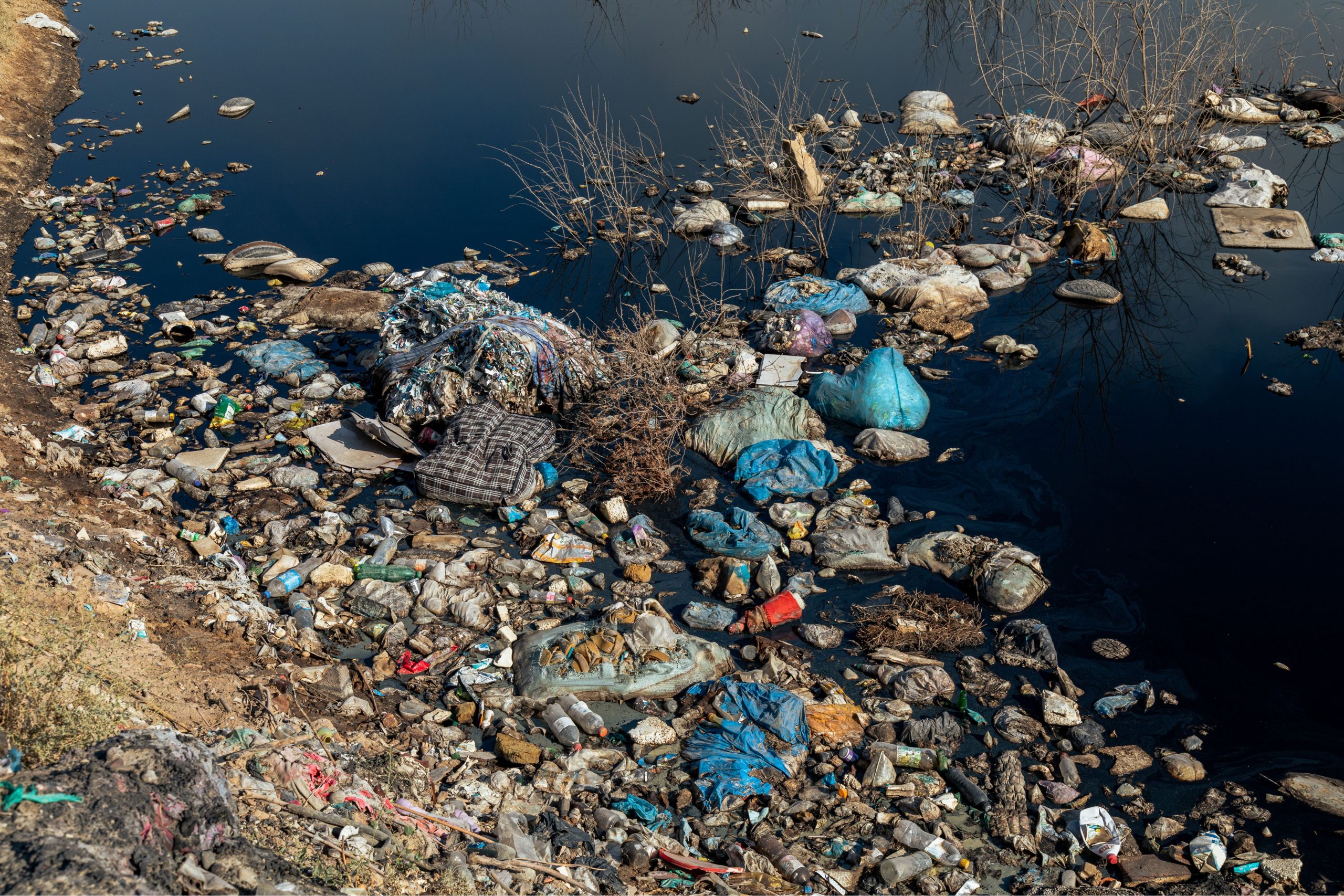Environmental Benefits
In many regions, roads intersect critical wildlife habitats, putting numerous species at risk, especially turtles during their seasonal migrations. To address this pressing issue, the installation of turtle fences has become an effective conservation strategy with multiple environmental benefits.
Maintaining Healthy Turtle Populations
Turtles grow slowly and reproduce at low rates, making them highly vulnerable to population declines when adults or hatchlings are lost to road mortality. The turtle fence acts as a physical barrier that guides turtles safely away from busy roads and toward safe crossing points or underpasses. By reducing direct road encounters, the fence helps maintain stable and thriving turtle populations, supporting the long-term health of these important species.
Protecting a Variety of Wetland Wildlife
While designed primarily for turtles, the fence also benefits a range of other wetland species that share the same habitat. Amphibians, small mammals, and even some bird species often cross roads adjacent to wetlands and face similar dangers. By limiting wildlife access to hazardous roadways, the fence helps preserve the broader ecosystem’s biodiversity, ensuring that many interconnected species can thrive.
Reducing Roadkill and Its Ripple Effects
Roadkill is not only tragic for individual animals but can also disrupt local ecosystems and food chains. The turtle fence significantly reduces wildlife-vehicle collisions, which in turn minimizes ecological imbalances caused by sudden animal losses. It also decreases the risk of accidents involving drivers trying to avoid animals on the road, promoting safety for both humans and wildlife.
Keeping Wetlands Cleaner by Blocking Litter
Wetlands are vital ecosystems that provide habitat for countless species, filter pollutants from water, and help control flooding. However, these sensitive environments are highly vulnerable to pollution, especially from human-generated litter. A significant portion of this trash does not come from pedestrians but from people driving by who throw garbage out of their car windows. Items like plastic bags, bottles, food wrappers, and fast-food packaging often end up along roadsides and drainage areas, eventually making their way into wetlands. This litter poses serious threats to wildlife. Animals can become entangled in debris, ingest plastics mistaken for food, or suffer habitat degradation due to pollution. For turtles and other wetland species, contaminated environments can reduce survival rates and disrupt critical life processes such as nesting and feeding.
An unexpected but valuable benefit of the turtle fence is its role in reducing human litter from entering the wetlands. Wetlands act as natural filters and provide vital ecosystem services, but they are vulnerable to pollution. Over time, debris such as plastic bottles, wrappers, and other trash often washes into these sensitive areas, harming wildlife and degrading the quality of their habitats. The fence acts as a physical barrier that traps much of this litter before it reaches the wetlands, helping to preserve water quality and the health of the ecosystem. However, it is important to note that the fence does not catch all litter, and it should not be seen as an excuse to litter. Proper disposal of trash and reducing littering behaviors remain essential to protecting these delicate ecosystems. Everyone’s effort is needed to keep wetlands clean and safe for wildlife. By reducing the flow of human trash—especially drive-by litter—into these ecosystems, the fence not only safeguards animal health but also helps preserve the natural beauty and function of wetlands. In this way, the fence acts as both a protector of wildlife and a guardian of the environment, contributing to a cleaner, more sustainable habitat for all species.


